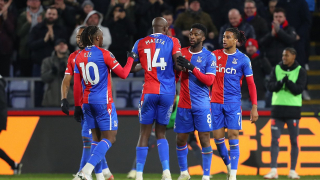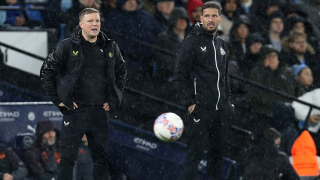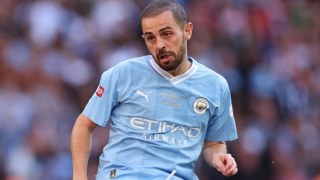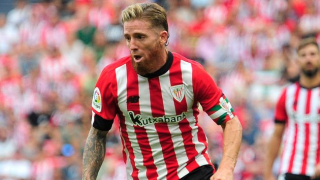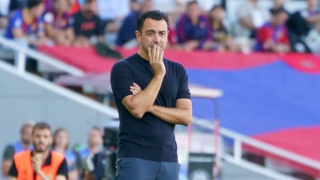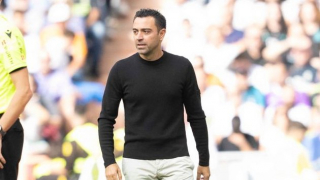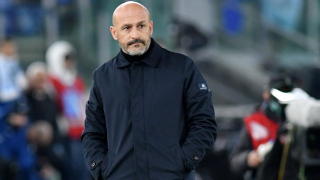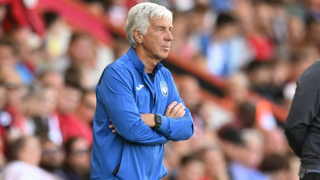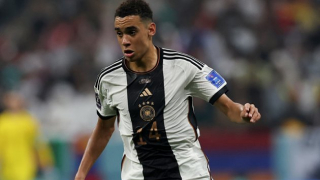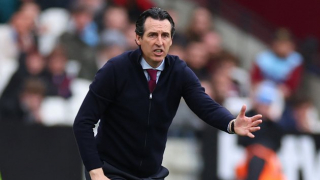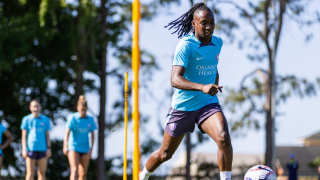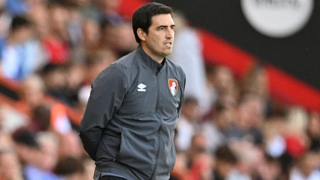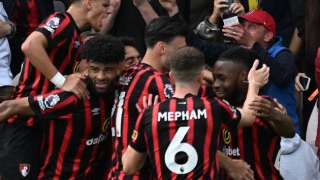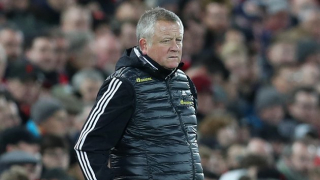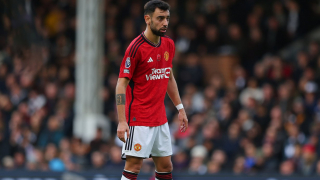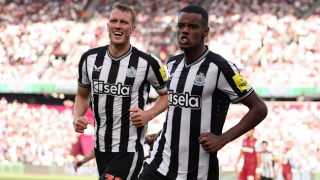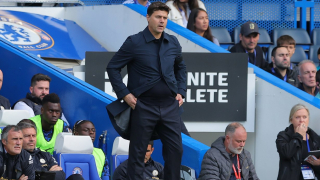Next season Burnley will compete in European competition for the first time in over half a century. They will do so courtesy of a seventh place Premier League finish that has surprised most observers. At the start of the campaign, Sean Dyche's side were among the favourites for relegation, but they have completely defied the odds with their own distinct brand of football.
In an era dominated by positional play and counter-pressing, Burnley are resolutely old-fashioned. They play a 4-4-2 with a focus on defensive cohesion and direct attacking. It's not to everyone's taste, but is has worked effectively for them. Later this year, they will get to trial their style on the continent.
Here, we at Tribal Football break down the secrets of their success.
DEFENSIVE ORGANISATION
Burnley tend to defend in a compact 4-4-2 shape that offers little room between the lines. The two strikers drop back, often positioning themselves in front of the halfway line, while the midfield four compresses the space in front of the defensive line. Every single one of their outfield players is actively involved in pressing, with the two strikers generally cutting off the centre to dissuade or prevent the opposition from building up in this area.
They deploy an aggressively man-oriented midfield press. This involves one player moving up to pressurise the opponent in their zone when said opponent threatens to enter Burnley territory, while the rest of the team retains its shape. An example of this is seen in the below image, taken from their 1-1 draw against Manchester City in February. Here, Johann Berg Gudmundsson moves diagonally out to pressure Kyle Walker, while the rest of the team shifts to maintain a compact structure.
Dyche's side put in one of the finest defensive shifts of the Premier League season in this match. Despite conceding 71 per cent of ball possession, they restricted the champions to just seven shots on target. This was mainly down to exceptionally organised pressing high up, though at times they settled into a more typical low block, seen below.
Burnley have confounded the statisticians this term. Their xGA (Expected Goals Against) stands at 50.77, but in reality they have only conceded 37 goals. This undoubtedly has something to do with the reflexes of goalkeeper Nick Pope, who has enjoyed a breakout season, but is perhaps also down to their deep back line's propensity for obstructing and deflecting shots – no team in the English top flight has blocked more than their 176.
Dyche has constructed a team just as capable of defending from corner kicks as they are from open play. He often instructs three players to zonally mark the six-yard box, including one each at the near and far post, while everyone else man-marks an individual opponent.
Burnley are arguably one of the most systematised teams in England right now. They are the only Premier League side in 2017/18 not to have experimented once with a back three, and their consistency of selection – they rarely venture away from 4-4-2 or 4-4-1-1 – means that every player understands their defensive responsibilities.
An additional benefit of this is that, when key defenders move on, they are easily replaced within the system. The most obvious example of this came when Michael Keane's departure gave an opportunity to James Tarkowski, who has since usurped Keane in the race for a spot in England's World Cup squad.
PRAGMATIC POSSESSION
Many mistakenly compare Burnley to the classic long ball English sides of old, but this isn't entirely true. While they absolutely do incorporate long balls into their attacking game, they don't always do so as a first course of action.
In possession, Dyche's side almost resemble a 2-4-4 shape at times, with the centre-backs – Tarkowski and Ben Mee – acting as the first line of build-up. The second line is then provided by the full-backs and central midfielders, who both drop deep during this specific phase of play.
The central midfield pair – usually Jack Cork alongside Steven Defour or Ashley Westwood – regularly form a box shape with the central defenders, as seen in the image below. They take up these deeper positions not just to offer a simple pass out from the back, but to ensure security in defensive transition should possession be lost.
Burnley's central midfielders continue to provide this support as the ball is circulated across the back four from full-back to full-back. As a result, at least one of them is always in close proximity to the ball-near centre-back and full-back, often forming a triangle shape to provide more angles and a greater chance of retaining possession.
Rather than going long immediately, Dyche's side will try to establish control by passing from side to side among what is essentially a back six. One frequent method of progressing the attack from here is to switch it to the full-backs, who either rotate positions with the wingers or overlap down the outside, enabling the wingers to come infield.
This approach could be termed 'pragmatic possession' in that it doesn't search for the quickest route to goal. Rather, it looks to minimise risks firstly by ensuring numbers around the ball, then by passing wide as opposed to passing through a congested centre.
If Dyche feels the need for an extra man in midfield he will opt to play Jeff Hendrick as an unconventional No.10, instructing him to take up a position between the lines and offer a penetrative forward pass through the middle.
It's fair to say that Burnley do not prioritise having the ball – only three Premier League teams average less possession than their 45 per cent. However, few are as competent when it comes to reducing the chance of giveaways – only Brighton & Hove Albion have been dispossessed fewer times this season.
MASTERS OF THE SECOND BALL
Okay, let's address the tactical elephant in the room. Yes, Burnley do like long balls. (No Premier League team comes close to their 81 per game.) Yes, most don't find this particularly attractive to watch. But if you still find yourself asking questions like, 'Is such a really effective in this day and age?' the answer is, again, yes.
Dyche's approach is more qualitative than quantitative. His tactics aren't based on the idea that constantly shelling the opposition box leads to at least one scoring opportunity, but that accurate long balls, played in a co-ordinated manner, can create chances. This is why Burnley don't always go long instantly – they want to set up the move correctly, not get the ball up the pitch as quickly and as often as possible.
Earlier this term, Guardiola described them as "masters at attacking the channel". A quick look at the areas Burnley attack through long balls backs up the Manchester City manager's analysis. Whether from goal kicks or open play, they aim their long balls towards the inside channels, between the opposition's central defenders and full-backs.
Dyche's side play into these corridors of uncertainty in an attempt to force the opposition into a difficult decision: either their full-backs challenge for the ball and lose to the (generally speaking) aerially more dominant striker, or the centre-backs must move out to challenge for the header, leaving space at the heart of their back line. An example of this is seen below.
Another important aspect of Burnley's attacking strategy is winning the second balls. They often place around five players around the aerial challenge – at least two behind and two in front – in order to ensure they are in a good position to secure the second ball. Consequently, knock-downs and flick-ons have a better chance of landing at the feet of a Burnley player.
As well as having the numerical superiority of five players within close range of the long ball's destination, and the positional superiority of having players at different depths and widths to win the second ball wherever it may land up, Burnley have qualitative superiority in these situations thanks to two excellent target men, Chris Wood and Sam Vokes, who are both ranked in the Premier League's top 15 forwards for aerial battles won per 90 minutes.
To read more of our 'Secrets of Success' series, click below!
The Secrets of Success: How Setien's Real Betis squad triumphed at the Bernabeu and beyond
The Secrets of Success: How Sarri transformed Napoli into Europe's Entertainers
The Secrets of Success: How Klopp's rampaging Liverpool tear teams apart

